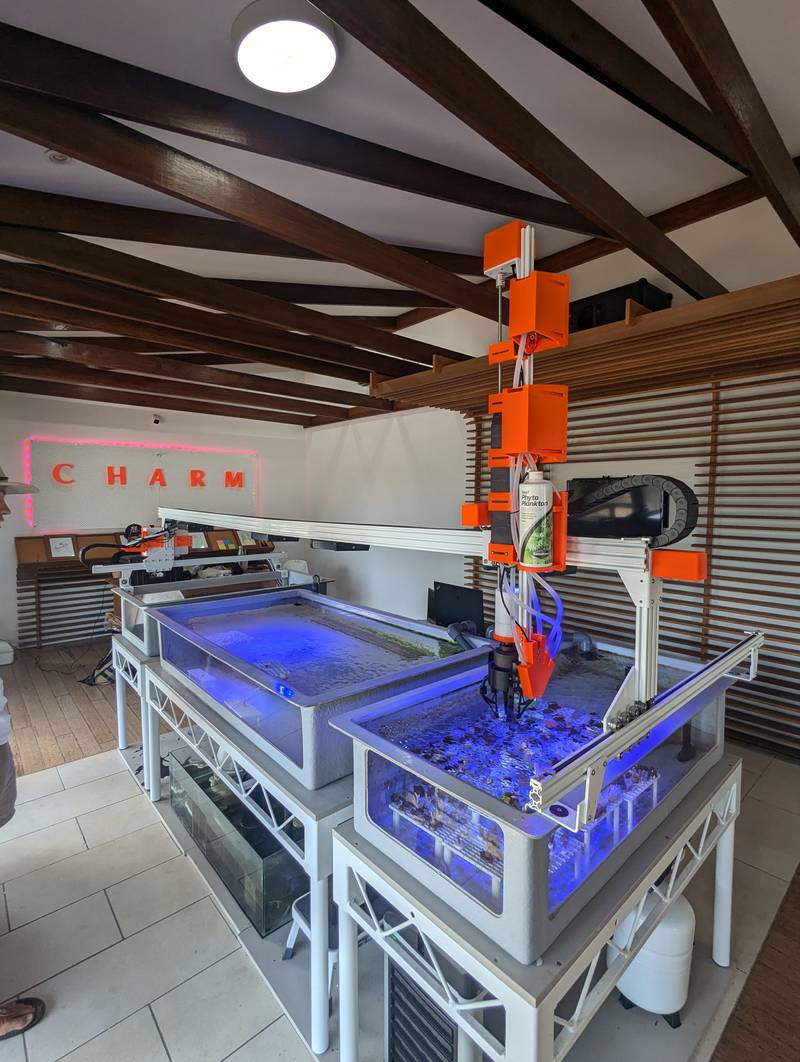This week at Marine Technology News…
The winners of the 2024 Teledyne Marine Photo Contest were announced this week. The competition is a celebration of the aesthetics of the subsea environment and the technology being deployed in it.
Combined with the beauty is the mystery. All the photos relate to the technology being used in the quest to understand what’s down there and how it can be both used and protected.
The latest Marine Technology Reporter’s Deep Dive podcast, released this week, takes up the challenge. Rhonda Moniz speaks to oceanographer Dr. Dawn Wright, Chief Scientist at Environmental Systems Research Institute (ESRI), about the role that mapping plays in maintaining a balance between human activities and protected areas.
Growing up in Hawaii, she was drawn into the marine research work by her close association with the ocean as well as by her childhood fascination with Jacques Cousteau and American astronauts.
Today, her focus is on understanding and managing the marine environment. 90% of the ocean is over 200 meters deep, and only 0.001% has been visually observed. “We think that we know this planet, we don’t – not in the way that we need to,” says Wright.
Threats to marine biodiversity are many, and scientists in Australia announced a helping hand this week with the development of a world-first soft robotic “hand” for moving corals. Developed by researchers at CSIRO, Australia’s national science agency, it is designed to be attached to a coral farming robot called Coral Husbandry Automated Raceway Machine (CHARM). CHARM and the Beyond Coral Foundation aim to deploy the technology in aquariums and coral farms worldwide, enabling the large-scale production of coral to restore reefs.
The September issue of Marine Technology Reporter explains how hyperspectral imaging is being combined with AI to deliver greater speed in assessing seafloor biodiversity. Where a camera typically uses red, green and blue light, a hyperspectral camera can record hundreds of bands in the visual spectrum. Combining this with images from a regular camera, precise location data and AI processing, the company PlanBlue can tell whether the seafloor is healthy, how much carbon it stores, its biodiversity, whether there is pollution, and more. It can also identify key species.
The September issue also explains how Impossible Metals is developing a seabed mining robot that, unlike other technologies, is untethered and hovers above the seabed, picking individual nodules with robotic arms. There is no sediment release mid-water and no noise from pumps or the DP system of vessels.
It is an example of how hopeful industry players are that they can counter environmental concerns. Over 20 countries and companies such as Google, BMW, Volvo and Samsung have indicated their opposition to seabed mining. They prefer to protect the unique and largely unknown ecology of the seafloor.
Will the human and robotic helping hands being developed be enough to protect the beauty and mystery of the deep for future generations? Time will tell.

